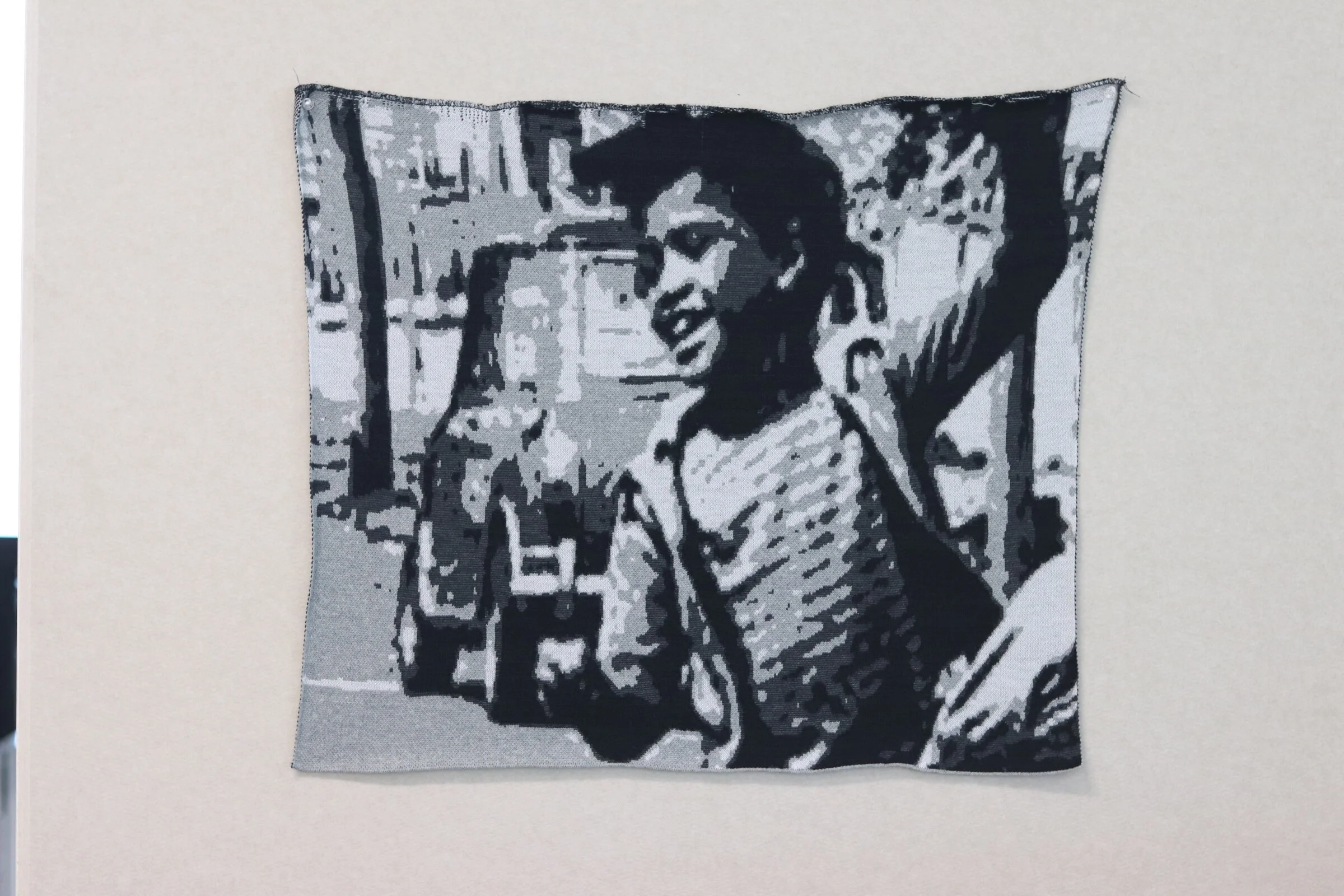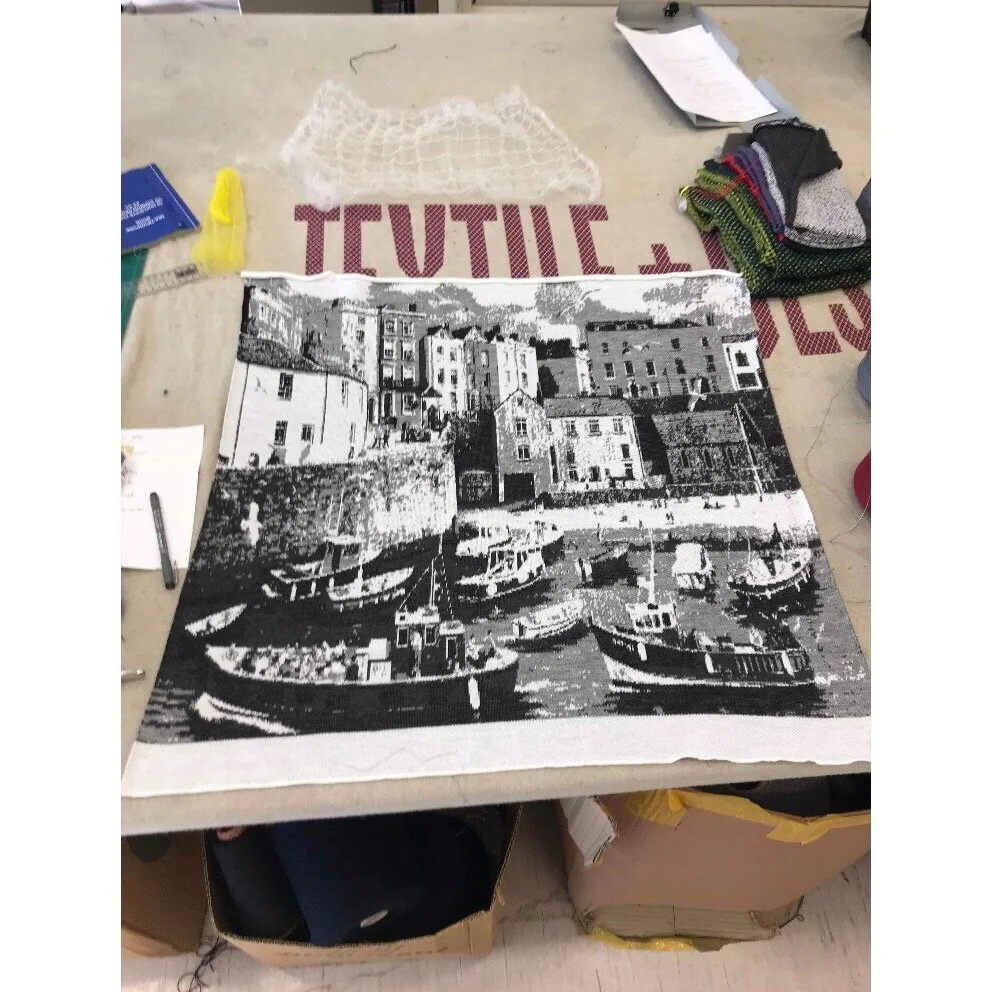The Cost of Colour - Zero Waste Design.
Research Output to New Zealand Zero Waste Summit. https://www.summit.zerowaste.co.nz/
The Cost of Colour.
New Zealand has a huge sheep farming industry and woollen textiles are a great fibre choice including warmth, water resistance and minimal bi-product waste. However, to scour, treat and colour wool a vast amount of water and synthetic dyes are used. Most commonly New Zealand wool is shipped internationally for treatment after it has been clipped from the sheep before returning as coloured knittable yarn. Synthetic dyes have been used in the production of colouring wool since the late 1800’s. The textile dying process is recognised as one of the most environmentally damaging industrial processes with over 50,000 tons of dye being discharged in waterways globally every year. The process uses toxic dyes and chemicals such as bleaches and detergents, not to mention a significant amount of fresh water. With the rise in fast fashion and a demand for increasing textiles we need to seriously consider the role of coloured products in our contemporary society. This presentation seeks to better understand the criticality of the problem and highlight alternative solutions. Using a recent case study, the work demonstrates how zero waste design processes can be used as alternatives to the dying process. New Zealand wool offers a natural colour palette through a variety of sheep breeds such as Romney, Corriedale, Merino and Arapawa. Each breed bearing slightly different shades of creams, browns and blacks; their woollen coats reflecting the environment around them. These fibres provide a tonal colourway that could be used in the creation of textiles here in New Zealand without the need for the harmful and wasteful synthetic dye process. Using the variations in shades and emerging textile technologies this project illustrates how natural colours can create an in-depth, high impact and graphic textile image. Tonality of yarn and the flexing of digital Shima Seiki knit technology can produce beautiful alternatives to synthetic colour. The resulting artefacts are a combination of pixel manipulation, creative technology and natural fibres.
Prototyping.
4 Colour Graphic Digital Knit.
4 Colour Graphic Digital Knit.
4 Colour Graphic Digital Knit.











